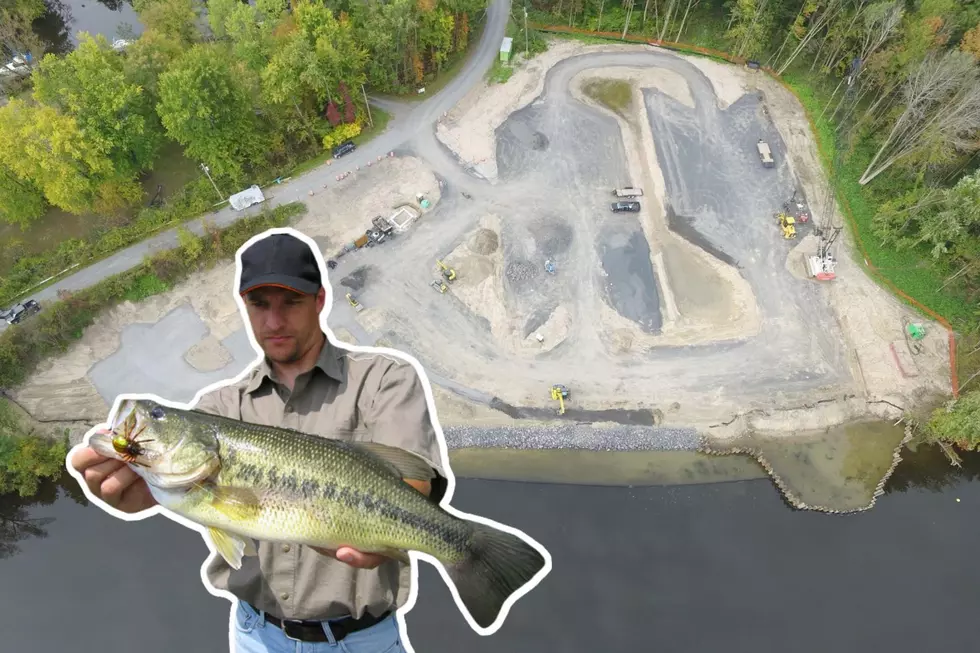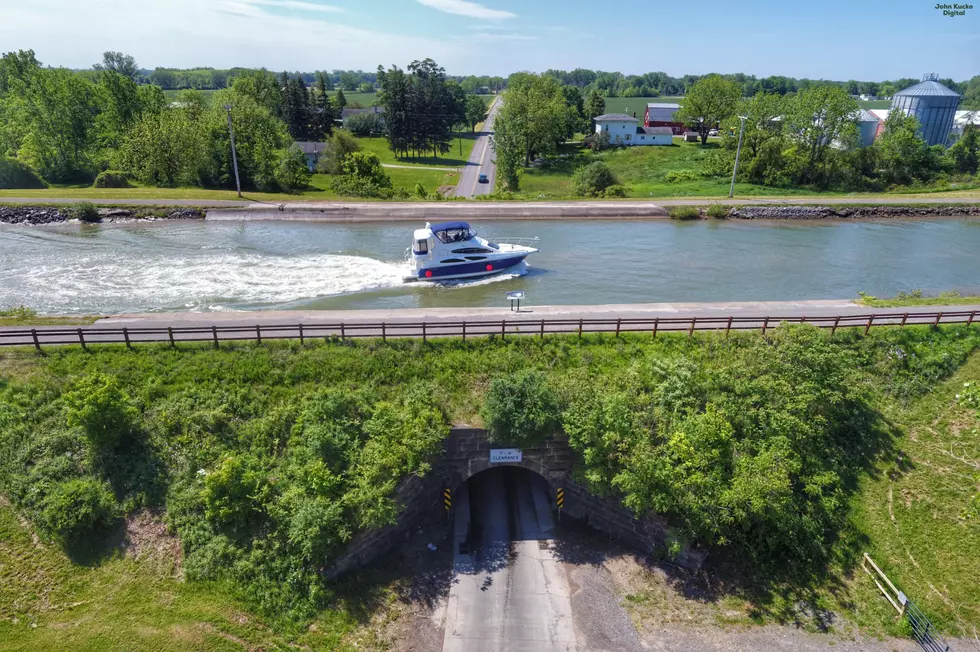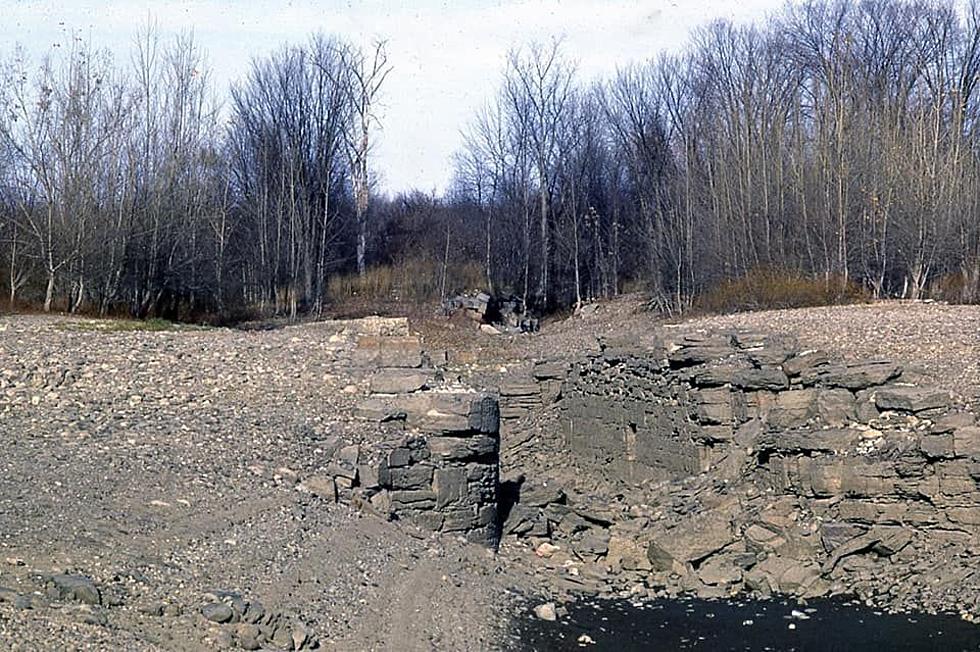
5 Things You Probably Didn’t Know About the Erie Canal
The Erie Canal is the historic waterway that flows from the Hudson River at Albany to Lake Erie at Buffalo. When it was first dug in the 1820s, it cut shipping time and costs dramatically when transporting Midwestern commodities to markets in the East. The canal also gave rise to New York State's position as the Empire State. Here are 5 things you might not have known about the Erie Canal.
- 5
There Have Been 3 Erie Canals
The canal you see in use today is not the original Erie Canal. The canal was redug and rerouted several times in the 1800s. Today's allignement is offically known as the New York State Barge Canal. The modern routing and construction of the canal was completed in 1918.
- 4
The Canal is Run by the NYS Thurway Authority
The Canal system was struggling financially by the end of the 20th century. In 1992, the state Assembly decided that running the canal should fall under the auspices of the Thurway Authority. The tolls you pay to travel the Thurway subsidize boat traffic on the canal.
Eric Meier/TSMEric Meier/TSM - 3
There Are Several Active Canals in New York State
New York State maintains many other canals besides the Erie. The Champlain, Oswego and Cayuga-Seneca canals are all part of the canal system. The Champlain branches off the Erie in the capitol district and heads to Lake Champlain while the Oswego provides access to Lake Ontario and Cayuga-Seneca to the Finger Lakes.
- 2
Buffalo Swallowed Black Rock Thanks to the Canal
There were two small villages along the Lake Erie near what would be the mouth of the canal: Buffalo and Black Rock. One was home to Buffalo Creek which was dredged and widened by locals in hopes of being selected as the canal terminus. Since, chances are, you've never heard of Black Rock, New York, guess which village won out as the end of the canal. Today what was once the village of Black Rock is a neighborhood in the much larger city of Buffalo.
- 1
The Mohawk Valley was the Only Choice to Build a Cross-State Canal
The valley formed by the Mohawk River is the longest east-west valley along the Appalachian chain. There was no suitable route for a canal stretching anywhere from the Appalachian foothills of Alabama to the St Lawrence River in Canada. Rome, situated at the intersection of the Mohawk and Black River, which headed to the rich forests to the north, was selected as the spot where canal construction would begin. Similarly, the first segment of the canal was dug between Rome and Utica as Utica was at the junction with the Chenango which lead south to the rich coal fields of Northwest Pennsylvania.
More From Lite 98.7









